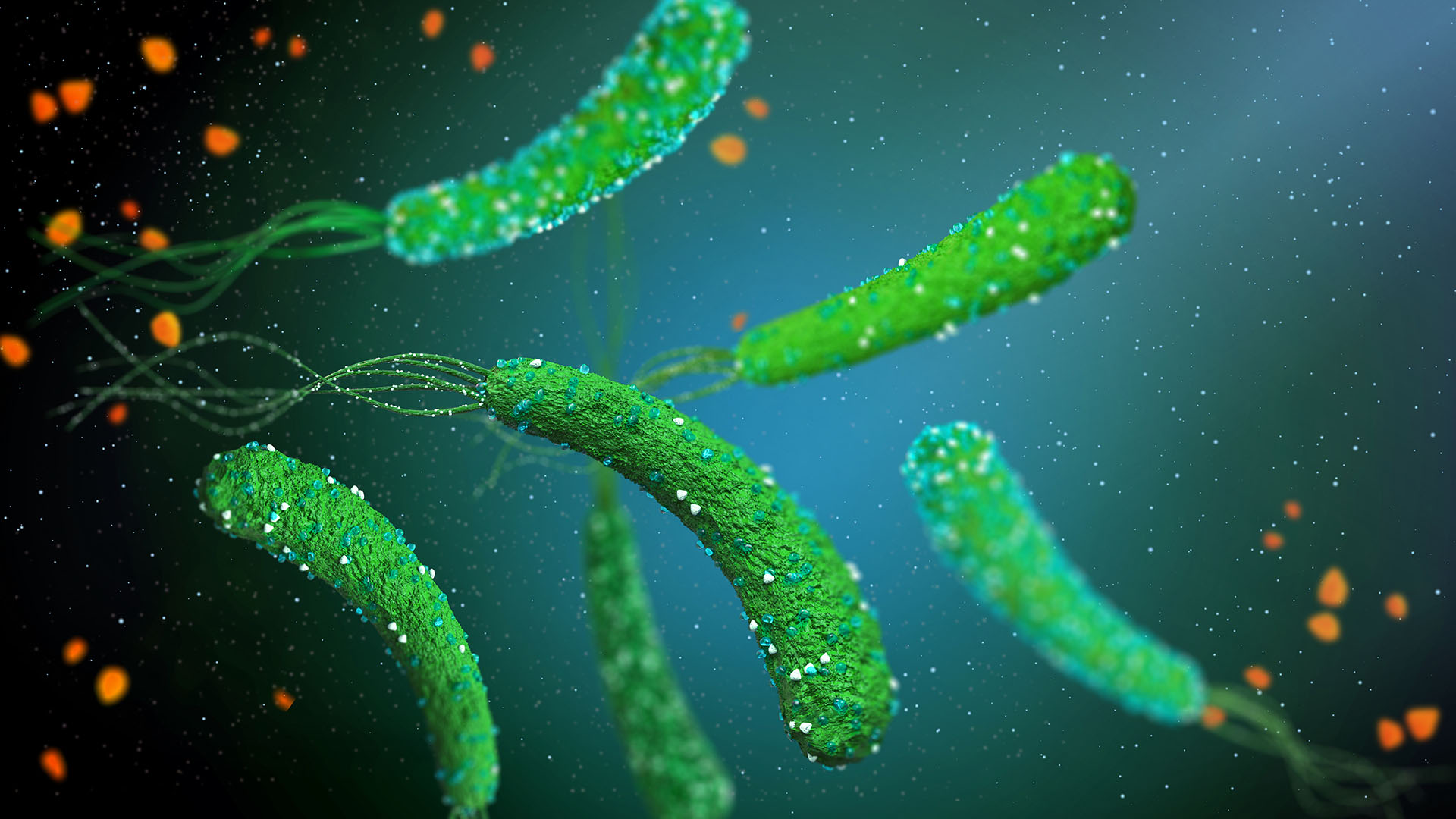Alzheimer substance may be the nanomaterial of tomorrow
Amyloid protein causes diseases like Alzheimer´s, Parkinson´s and Creutzfeldt-Jakob disease. But amyloid also carries unique characteristics that may lead to the development of new composite materials for the nano processors and data storage of tomorrow, and even make objects invisible.
Researchers from Chalmers University of Technology recently unveiled an unexpected discovery about amyloid in an article published in the Nature Photonics journal. Amyloids are misfolded variants of proteins that occur naturally in the body. The researchers have now shown that the misfolded variants react to multiphoton irradiation, a type of laser effect, whereas the healthy proteins do not.
The discovery could be useful in a variety of fields. Not only can it lead to new methods to detect and treat the brain diseases that amyloid causes (see earlier press release below), amyloid may also be used as a building block for future nanomaterials.
“It is possible to create these protein aggregates artificially in a laboratory”, says Piotr Hanczyc, one of the researchers who made the discovery. “By combining them with other molecules, one could create materials with unique characteristics.”
The amyloid aggregates are as hard and rigid as steel. The difference is that steel is much heavier and has defined material properties, whereas amyloids can be tuned for specific purposes. By attaching a material´s molecules to the dense amyloid, its characteristics change.
“This was already known, but what has not been known is that the amyloids react to multiphoton irradiation”, says Piotr Hanczyc. “This opens up new possibilities to also change the nature of the material attached to the amyloids.”
The amyloids are shaped like discs, densely piled upon each other. When a material gets merged with these discs, its molecules end up so densely and regularly placed that they can communicate and exchange information. This means completely new possibilities to change a material´s characteristics.
Piotr Hanczyc now sees opportunities for collaboration with the material science researchers at Chalmers, for example on solar cell technology.
And although it may still be science fiction, he also believes that one day scientists may use the material properties of amyloid fibrils in research on invisible meta materials.
“An object´s ability to reflect light could be altered so that what´s behind it gets reflected instead of the object itself, in principle changing the index of light refraction. Kind of like when light hits the surface of water.”
Read the scientific article in Nature Photonics








